
Exploring Clothing for Hot Flashes: My Top 4 Natural Fabrics That Also Protect the Planet
This may seem an unusual article to write for women who are over 60, but, like me, there are still many women having to deal with some of the less pleasant effects of menopause. So, if you are one of those women and are still sweating, this little article on the four best fabrics to wear may help.
Cotton Is a Great Material if You Are in the Land of Hot Flashes
Cotton absorbs moisture and sweat, and it also conducts heat from your body. It will keep you cool when you’re in a heated environment. Bed immediately springs to mind!
When you shop for bed linen or sleepwear, look for cotton products made from long fibres – prima cotton for clothing and egyptian cotton for bedding. Why long fibres? Because the material is softer and smoother than the cotton used in t-shirts.
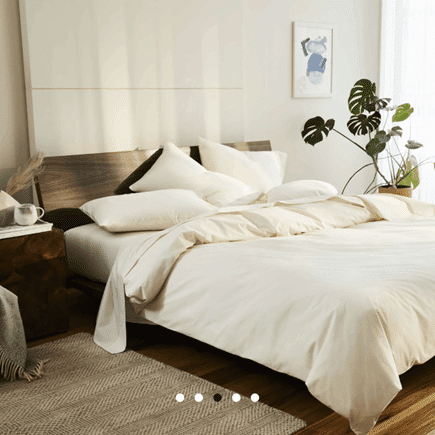
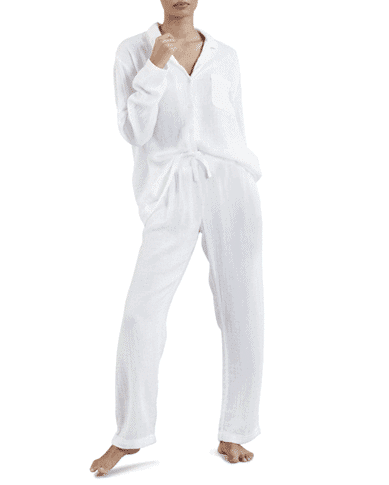
Caring for Cotton
It may go against the grain, but whenever possible, tumble-dry cotton instead of air-drying. Air-drying can make the fabric feel ‘crunchy’, which defeats the purpose of long-fibre cotton!
Bamboo
Soft, natural and non-irritating, bamboo is a sustainable resource which I especially like. Google bamboo clothing for suppliers of the many products available, ranging from face cloths to dresses.
This is a fabric that lives with you – it’s not cheap but is worth every cent. It wears well and always looks good.
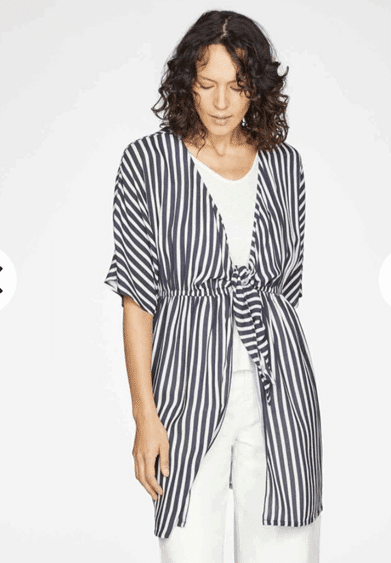
Caring for Bamboo
Bamboo is very soft and to further soften the fabric, wash and tumble-dry before your first wear. Avoid dry cleaning as it may stiffen the fabric and the chemicals may irritate sensitive skin.
Lyocell
Often called Tencel or rayon, lyocell is a fabric made from wood cellulose, usually from the fast-growing eucalyptus.
People with sensitive skin prefer to wear lyocell clothing and sleepwear and use lyocell bedding. Lyocell is soft against the skin, stays cool (great temperature control), keeps sweat away from the skin and is wrinkle resistant.
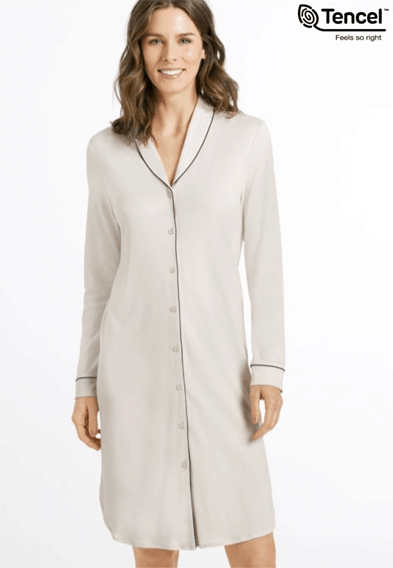
Caring for Lyocell
Lyocell is drip-dry and will shrink about 3% with the first washing. It resists shrinking from then on. Machine wash on a gentle cycle and leave to drip-dry – it is preferable to machine drying.
Silk
Another natural fibre you can wear without worry is silk. But beware of cheap Chinese silk which can cause more problems than it solves.
On the up side, silk is light, smooth, soft and versatile. Made from natural protein fibres that come from the cocoons of silkworms, the fibres are extremely thin, so they won’t irritate your skin.
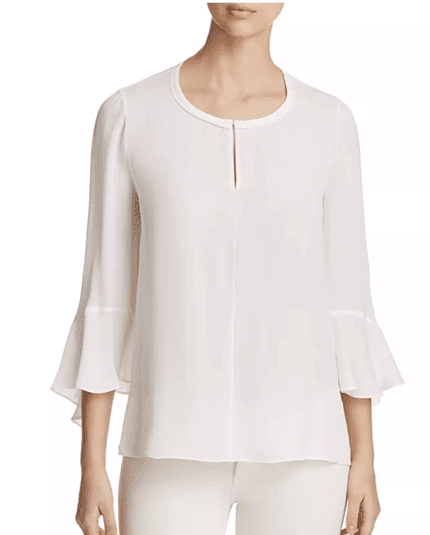
Caring for Silk
It’s always better to hand wash silk in cold water. Use a small amount of liquid detergent and agitate slightly. Please don’t rub or scrub! Machine wash only on a gentle cycle if the care label advises this is acceptable.
Why Choose Natural Fiber Clothing?
What do these fabrics have in common? They are all natural fibers that come from nature. Why is it important to wear natural fabrics? More than simply keeping you cool during hot flashes, there are other reasons to wear natural fibers.
Many of us are turning to organic vegetables and fruit, choosing cosmetics with less chemicals and are living more natural lifestyles.
The textile industry is one of the most polluting industries in the world at the moment. Synthetic fabrics require more pollutants to produce than natural fiber fabrics. These fabrics are made from chemically-derived fibers joined together in a process called polymerization.
Some of the most common synthetic fabrics include nylon, polyester and spandex. Natural fabrics are cotton, wool, bamboo, cashmere, linen silk and others.
Many apparel companies have turned to more eco-friendly production processes and therefore have adopted natural fabrics into their design process.
Be Kind to Your Body and to the Planet
Natural fabrics simply feel better on the skin, breathe better, are better for your health and are likely to last longer than synthetic fabrics.
Did you ever think about where your clothes go when you discard them? Clothing made from synthetic fabrics will take a long time to break down and will add pollutants to the earth. Natural fibers are a more sustainable choice and leave less toxic waste in the environment.
Look at the labels when shopping for clothing and try to choose natural fibers. You will look good on the outside and feel good on the inside knowing you are doing your part to protect our beautiful planet.
What fabrics do you feel most comfortable wearing in your 60s? Have you ever worn an item of clothing made from bamboo? What do you suggest for sensitive skin? What clothing for hot flashes would you recommend?






